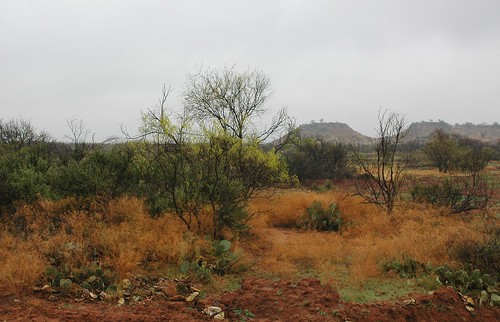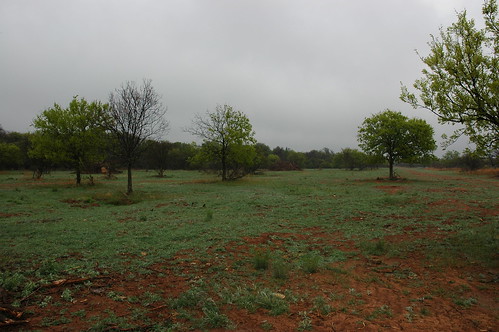Tommy Berend, ranch operator at the 9,000-acre Circle A Ranch in Archer County, Texas, wanted to eliminate mesquite, restore open spaces and plant native grasses on the ranch.
The mesquite consumed large amounts of water in areas where Berend wanted to create habitat for quail and other wildlife. Quail is an important, yet dwindling species in Texas.
He approached USDA’s Natural Resources Conservation Service (NRCS) for technical and financial assistance with his goals. Berend and the Circle A Ranch qualified for the Agricultural Water Enhancement Program (AWEP), part of NRCS’ Environmental Quality Incentives Program (EQIP). NRCS and Berend teamed up to clear 67.7 acres for wildlife, including quail, white-tailed deer and wild turkey.


Berend plans to release quail three times in the fall of 2012, with 1,200–1,330 birds in each release. Some of the quail will be outfitted with radio transmitters so their mortality rates can be measured.
Berend also relied on technical expertise from NRCS to develop a seed mix appropriate for both wildlife and the ranch’s cattle, which are sometimes rotated into the area to graze.
The seed mix included little bluestem, Alamo switchgrass, sideoats grama, lometa indiangrass, plains bristlegrass and green sprangletop, along with forbs such as Illinois bundleflower, hairy vetch and ‘Aztec’ Maximilian sunflower. The native, perennial grasses give the quail nesting cover while the cattle graze a more nutritious grass, and the forbs are an excellent food source for quail.
“NRCS was very easy to work with, and when we told them what we wanted to do on the ranch AWEP was the best program for our goals,” Berend says.
He plans to utilize AWEP next year in 2012 to establish wildlife habitat on 100 more acres on the Circle A Ranch.
Find out more about the Agricultural Water Enhancement Program.
Check out more conservation stories on the USDA blog.
Follow NRCS on Twitter.


